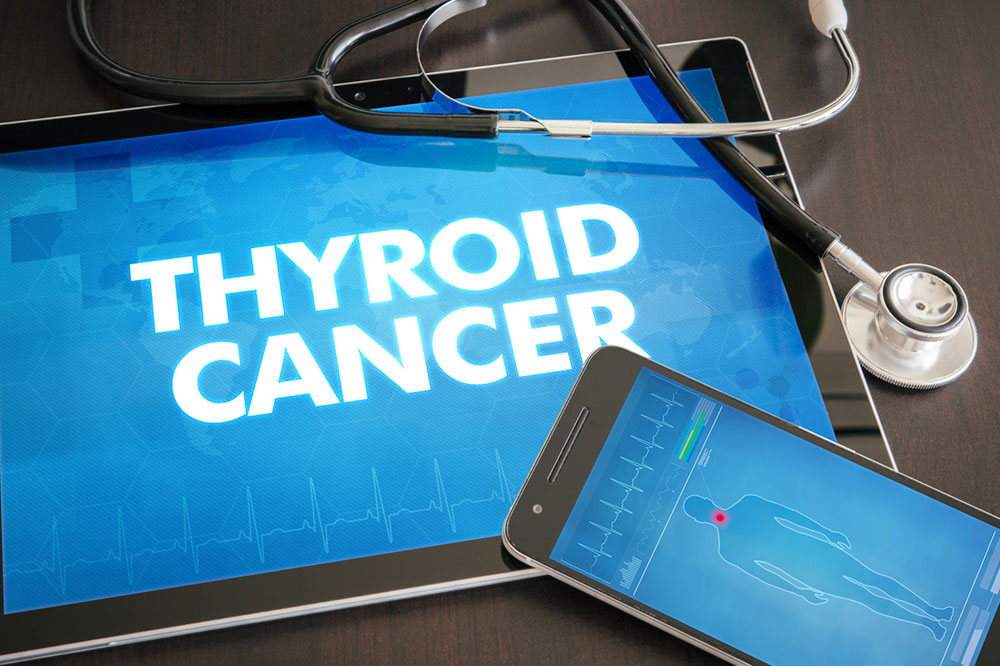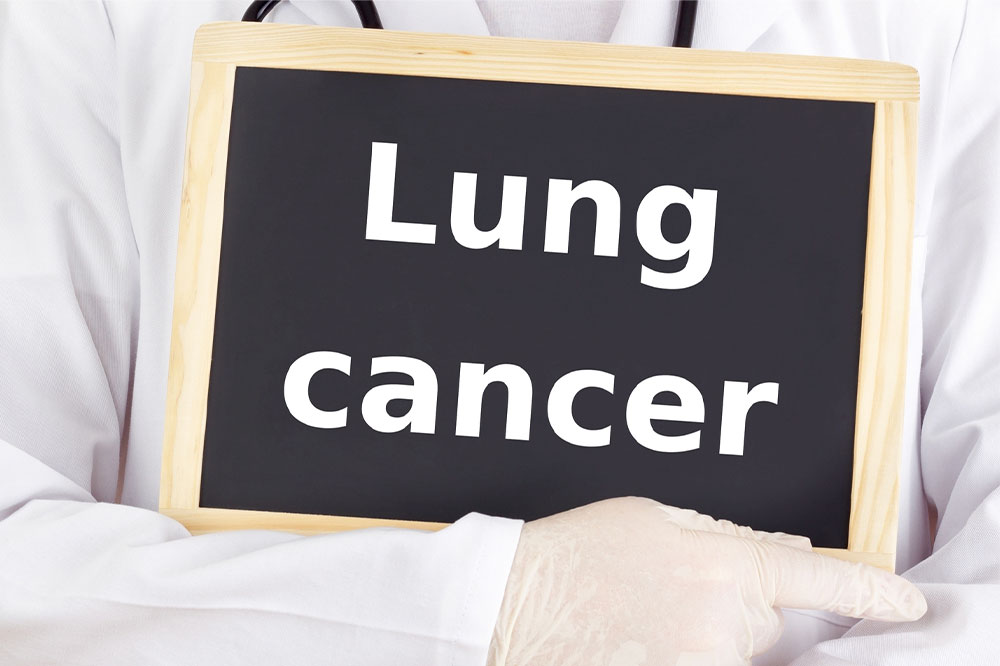Thyroid Cancer – Causes, Symptoms, Diagnostic Options, and More
Thyroid cancer is an abnormal mutation of cancer-causing cells in the thyroid gland that triggers the destruction of healthy cells in the gland. Women above a certain age are at a higher risk of developing this complication than men. While cancer can be diagnosed at a young age, advanced symptoms develop slowly and gradually, making it difficult for doctors to finalize a treatment plan. Here is an overview of the possible causes, known symptoms, and available treatments. Causes and risk factors Thyroid cancer risk increases due to exposure, inherent syndromes, or even certain nutritional deficiencies. Exposure to radiation Any form of radiation therapy recommended for treating head cancer, neck cancer, or other underlying progressive disorders also increases exposure to radioactive elements. The healthy cells of the thyroid gland become malignant with repeated exposure. Even residing in areas with nuclear or radioactive fallouts while working in nuclear power plants may be a significant risk factor. Underlying causes Existing genetic mutations that result in endocrine diseases, a family history of thyroid disease, unusual gland enlargement, inflammation, and even an unhealthy increase in body mass index (BMI) affects the metabolism. Additionally, any imbalance in hormone levels increases the risk of the healthy cells becoming cancerous.
Read More 









